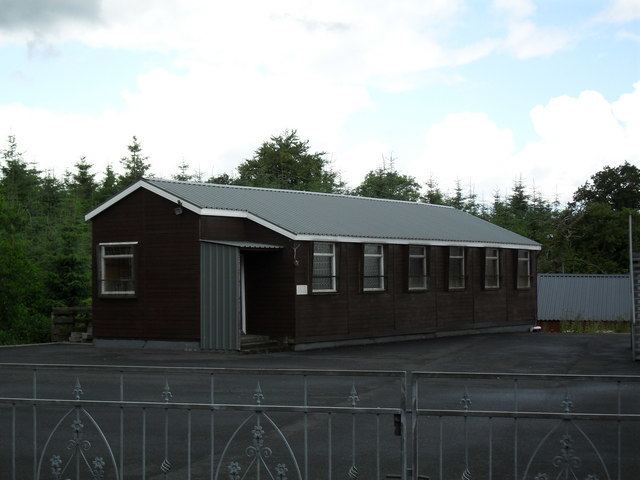 | ||
The name Catholic Reaction Force (CRF) was used in Northern Ireland to claim responsibility for attacks and threats against Ulster Protestants during the Troubles. In 1983 it was used to claim responsibility for the shooting dead of three Protestant civilians at a church service near Darkley, County Armagh, claimed as retaliation for attacks on Catholic civilians by the Protestant Action Force. An Irish National Liberation Army (INLA) member was involved, but the INLA said it had not ordered the attack.
Contents
Darkley killings
The name was first used to claim responsibility for the Darkley killings. On the evening of 20 November 1983, three masked gunmen attacked a church service at Mountain Lodge Pentecostal Church near Darkley, County Armagh. At the time there were about sixty people inside the small wooden building. Three members of the church were shot dead as they stood outside the entrance; they were Protestant civilians Harold Brown (59), David Wilson (44) and Victor Cunningham (39). The gunmen then stood outside the building and sprayed it with bullets, wounding a further seven people. The service was being tape-recorded when the attack took place. On the tape, the congregation can be heard singing the hymn "Are You Washed in the Blood of the Lamb", followed by the sound of gunfire.
A telephone caller claimed responsibility on behalf of the "Catholic Reaction Force". He said it was
...in retaliation for the murderous sectarian campaign carried out by the Protestant Action Force […] By this token retaliation we could easily have taken the lives of at least 20 more innocent Protestants. We serve notice on the PAF to call an immediate halt to their vicious indiscriminate campaign against innocent Catholics, or we will make the Darkley killings look like a picnic.
The caller named nine Catholics who had been attacked or killed recently.
A week later, Irish National Liberation Army (INLA) leader Dominic McGlinchey gave an interview. He admitted that one of the gunmen had been an INLA member and admitted supplying him with the gun, but said there was no justification for the attack. The INLA member's brother had been killed by loyalists. McGlinchey explained that the INLA member had asked him for a gun to shoot a known loyalist who'd been involved in sectarian killings. However, "clearly deranged by the death of his brother", he "used it instead to attack the Darkley Gospel Hall". McGlinchey said: "This INLA member was a brother of someone who had been killed […] and he must have been unbalanced or something to have gone and organised this killing. We are conducting an enquiry into the whole affair".
The CRF declared a ceasefire on 28 October 1994.
Other claims
The name was used to claim another two attacks on 20 August 2001. In one, shots were fired at a house in Cloughmills and in the other a pipe bomb was thrown at a Protestant home in Ballymena.
In August 2002, a death threat was sent in the name of the CRF. It warned that the CRF would kill three unnamed Protestants who worked at hospitals in Belfast and who had links to the security forces. Soon after, loyalists threatened to kill Catholics working at two Belfast hospitals. Gerry Kelly and Sue Ramsey of Sinn Féin claimed the CRF threat was sent by loyalists to raise sectarian tension. Kelly claimed: "The Catholic Reaction Force is a non-existent organisation".
